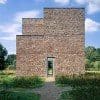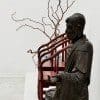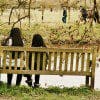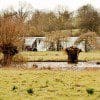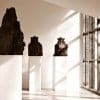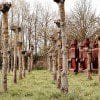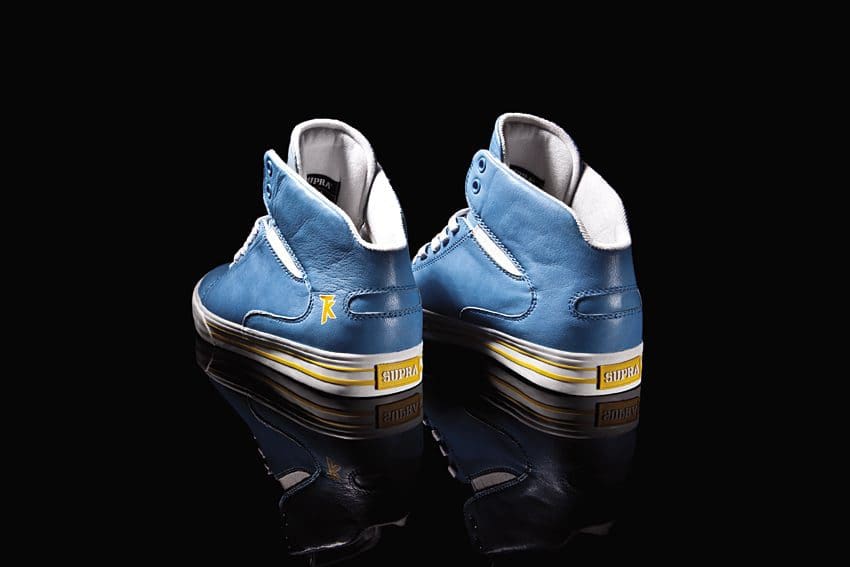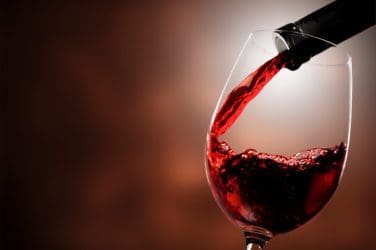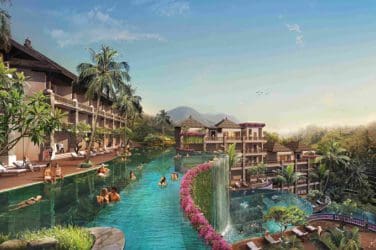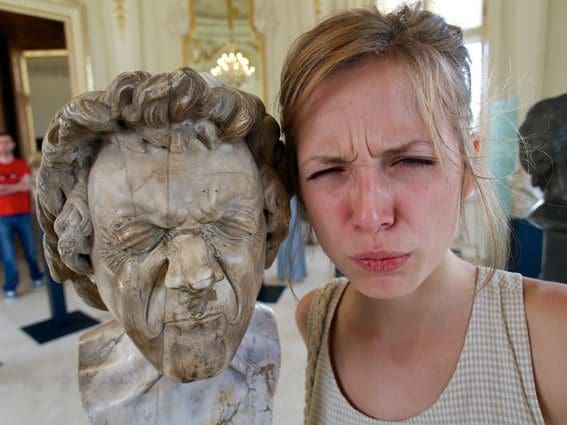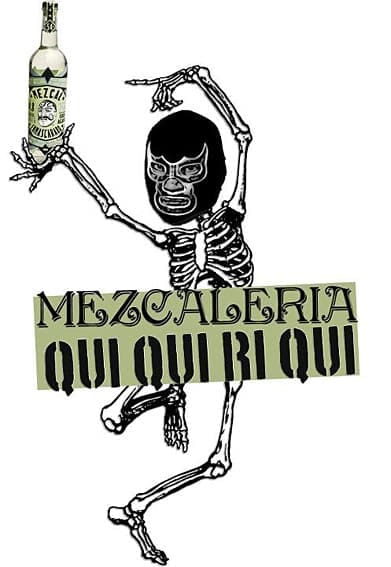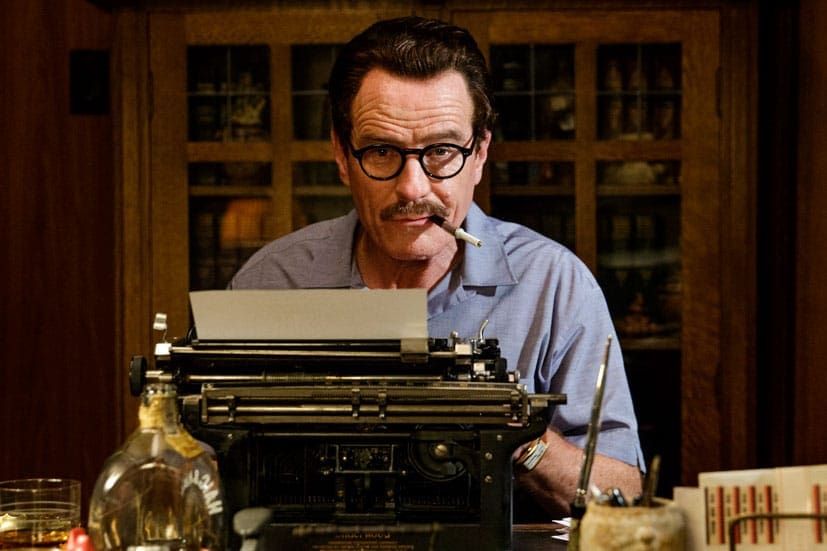From time to time we have all been overwhelmed by the number of paintings, sculptures and artifacts juxtaposed in an array of museum rooms – haven’t we? Step up Museum Island Hombroich, presenting nature and art as one.
The aggregate of art pieces we are exposed to in a typical museum visit often induce a sense of fatigue, numbing us to the brilliance and allure of individual works of art. We begin to browse art pieces collectively and even jump from room to room hastily looking for just the masterpieces!
Every European city is a repository of art spanning the pre-historic to the contemporary, from world renowned museums to private collections, making both planned or unplanned art stops inevitable in a trip to Europe.
Institutions that conserve and curate any form of art are treasure houses worthy of respect, patronage and praise. No doubt. But somehow, in an era where digitization of information has made art more accessible to us on our devices – instantly and personally, the physical format of museums that conserve the original, un-pixelated pieces, hasn’t evolved much. A series of interconnected rooms, all brimming with prized art pieces from a bygone era, set in quick succession and navigated in only one direction like an einbahnstrasse (one way street) offer few chances to intercept the art overload, resulting in a very cursory interaction with institutional art.
This is why the format of the Museum Island Hombroich – an ensemble of art, architecture and nature, situated near Düsseldorf, Germany would appeal to museum weary trippers. This museum was founded by the art collector Karl-Heinrich Müller in the early 80s to showcase his private art collection. Instead of building a typical gallery or museum the founder chose to showcase his art in pavilions! The island Hombroich that came with a pink villa, an outhouse, a barn, some rare flora and some fauna too, appealed to him as a perfect setting for sharing his art with the world. The villa was converted into a gallery to present the Rembrandts and Cézannes in his collection while the outhouse and the barn was metamorphosed into living spaces (with a library, that too) and art studios for artists who worked to realize Müller’s idea of an art museum.
A visit to museum island Hombroich is like walking through tranquility interspersed by assorted art. The songs of birds and the sights of little animals scurrying in the background add to an enchanted feeling.The museum’s cafe which is set both indoors and outdoors is an island in itself – far from the humdrum of a typical cafe. It offers complimentary sustenance to curious art enthusiasts treading the island.
The core of Karl-Heinrich Müller’s collection consists of the works of German and French artists from his time: Kurt Schwitters, Hans Arp, Jean Fautrier and Yves Klein. Müller’s collection includes a sizeable number of eastern asian artifacts primarily from ancient Mesopotamia and China: vases, jewelry, vessels, weapons etc. Later he expanded his collection to include the iron, wooden and stone sculptures of Anatol Herzfeld, a German mixed media artist. The most visible additions to the museum island are the walk-in sculptures suggested by Müller and designed by Erwin Heerich. These sculptures – the Orangerie, the Graubner Pavilion and the Hohe Galerie are the design base for the island’s pavilions. The walk in sculptures house most of Müller’s collection in a style aligned with nature (or as Cézanne put it, art in parallel to nature)
Constant expansion, new additions and redesigning spaces were a significant part of Müller’s style of curating. In the early 90s more land around the island was acquired to build a concert hall in order to bring music closer to art. Similarly, in 1994 an abandoned NATO missile station was added to the museum serving as a workspace for both artists and scientists in that area.
Having inherited Karl Heinrich-Müller’s collection, Stiftung Hombroich (Foundation Hombroich) continues Müller’s pace of adding new items to the collection, to keep the museum and the island alive.
Some visitors call it ‘chapels in landscape’, some others ‘an adventure in art and nature’, for many more, it could be a break from the hustle and bustle of worldly routines. Unbounded by typical museum signposts, curator’s notes or museum apps, visitors can navigate the island in any random order they choose and create their own route plan. The nature walk from art-to-art is the time and space to reflect and absorb before stepping into another.
For more information on Museum Island Hombroich visit www.inselhombroich.de


